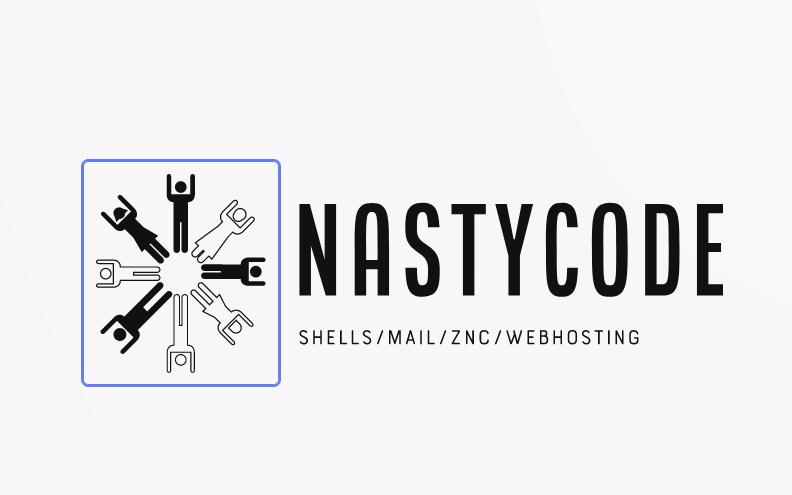Emacs
Emacs is a powerful, extensible and customizable text editor. GNU Emacs is probably the most popular variant of Emacs as it is included in the repositories of many popular GNU/Linux distributions. Emacs runs on several operating systems including GNU/Linux, OpenBSD, FreeBSD, NetBSD, MacOS, MS Windows and Solaris.
Install Emacs on OpenBSD
$ doas pkg_add emacs
Emacs comes with a comprehensive, built-in help system which can be accessed by pressing C-h t; In other words, pressing Control h, followed by t. This starts an interactive tutorial that you can follow, save and continue at a later time.
Emacs cheat sheet
Emacs key bindings are unique, but easy to understand and remember when you become familiar with its terminology. In Emacs C-x means "click on Control and x at the same time". M-x means: "type Alt then x"; M refers to Meta. In most cases the Alt key functions as the Meta key. However on some keyboards there is a real Meta key. In this cheat sheet we use the popular naming of the keys as Alt and Control.
Starting emacs
$ emacs [Enter]
to start emacs.
$ emacs filename [Enter]
to start emacs and load a file
$ emacs -nw filename [Enter]
to start emacs with no new window (load file)
Quitting
[Ctrl]x [Ctrl]c
quit emacs (Emacs will prompt if any of the files have not yet been saved.)
[Ctrl]g
aborts any command in progress
Help
[Ctrl]h t
to see the tutorial
[Ctrl]h a topic [Enter]
to see help about topic
[Ctrl]x u
undo the last command
Cursor positioning and navigation within a file
[Ctrl]f or [>-]
forward (right) one character.
[Ctrl]b or [>-]
back (left) one character
[Ctrl]p or [^]
up one screen line
[Ctrl]n or [v]
down one screen line
[Esc]b
left one word
[Esc]f
right one word
[Ctrl]a
to beginning of line
[Ctrl]e
to end of line
[Esc]<
start of document
[Esc]>
end of document
[Esc]v
page up
[Ctrl]v
page down
[Ctrl]l
cursor in middle of screen
[Ctrl]u 20 [Ctrl]n
advance 20 lines
[Ctrl]x w
display the line number where the cursor is located
[Esc]x goto-line [Enter] 999 [Enter]
go to line number 999
Search and Replace
[Ctrl]s dance [Enter]
search for dance; cursor moves as you type. Press [Enter] once at the correct location
[Ctrl]r dance [Enter]
search backwards for dance; cursor moves as you type.
[Ctrl]s [Enter] [Enter]
search for the next occurrence
[Esc]% oldstring [Enter] newstring [Enter]
Search for oldstring and replace it with newstring. The y key confirms each replacement, n skips it, q to exit
Regions
[Ctrl]SPC
set mark at cursor
[Ctrl]w
kill region
[Esc]w
copy region to kill ring
[Ctrl]y
yank back last thing killed
Loading and Saving
[Ctrl]x [Ctrl]f filename
create new filename for editing (clears workspace)
[Ctrl]x [Ctrl]f filename
load in filename for editing
[Ctrl]x [Ctrl]w filename
write (save) as filename
[Ctrl]x [Ctrl]s
resave under the current filename (based on above or name given when starting emacs)
Cutting and Pasting
[Ctrl]SPC
Mark one end of region
[Ctrl]w
Cut (after you Mark and move to other end)
[Alt]w
Copy (after you Mark and move to other end)
[Ctrl]y
Yank (paste) most recently killed (cut or copied); will also use text currently selected in another application.
[Alt]y
Next most recently killed (do [Ctrl]y first, repeat [Alt]y to cycle thru all)
